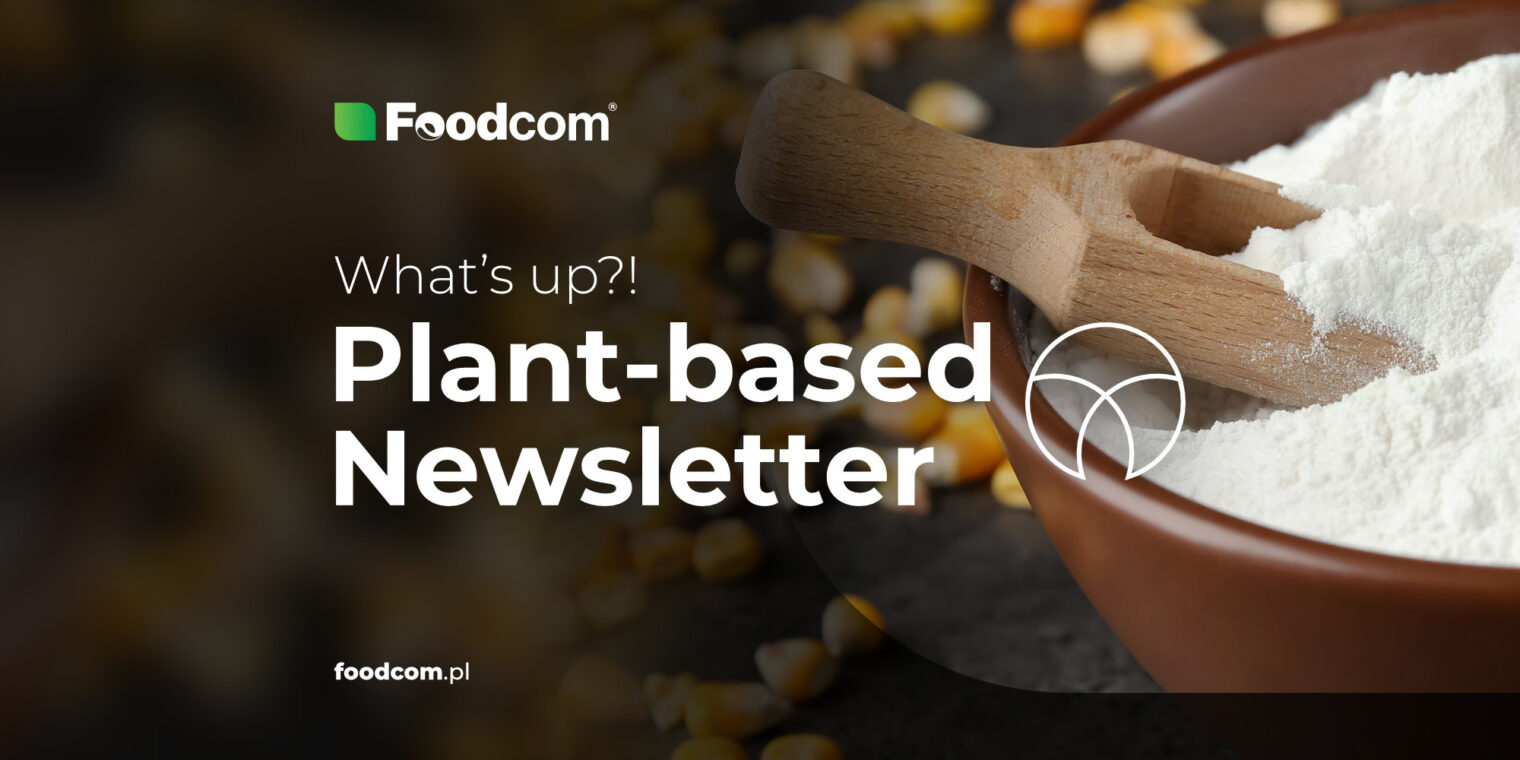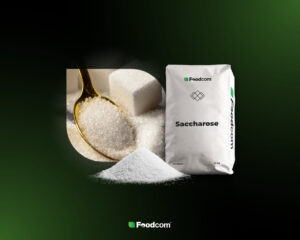Hello Partners!
While we’ve been hard at work throughout the summer, our newsletter was on short holidays. But now, we are thrilled to announce its return! Stay tuned for the latest plant-based updates and trends as we continue our journey together.
In May and June, the plant-based market experienced a significant slowdown. In August, however, a revival can be observed, especially in Southern Europe, where buyers are becoming active again after their vacation break. This upturn signals a promising shift in market dynamics.
PRODUCTS
Native Starches
Native starches generally show stable price trends; however, it’s worth noting that native tapioca starch prices have increased recently. This trend could attract attention in the starch market.
Modified Starches
Amidst the dynamics of the starch market, a notable trend of decreasing prices has been observed for modified starches. This trend extends in particular to certain products such as E1422 and E1442.
Proteins
In the realm of proteins, there is currently a pronounced lull in the animal nutrition market. An interesting anomaly is the unpredictable behavior of Vital Wheat Gluten price. The voices on the market are that one of biggest producers is on maintenance break. This might be a part of the reason why both the price and demand went up. In addition, the conscious decision to adopt a ‘green’ lifestyle, characterized by a reduced appetite for meat consumption, is contributing to a noticeable decline in demand on the animal nutrition market.
Sweeteners
The demand for sugar is still there and increasing. Demand for sweeteners remains robust, but the industry faces a crucial question: will Chinese manufacturers flood the European market with their products at competitive, potentially disruptive prices, similar to the earlier experience with low-grade Dextrose? This uncertainty is exacerbated by geopolitical tensions related to the ongoing war in Ukraine, which casts a shadow over the sweetener market. Ukrainian offers don’t want to extend the offer for sugar after Q4 2023. Do they expect prices to go further up?
WHAT ELSE?
Europe
UKRAINE
Despite higher logistics costs due to wartime export issues, Ukrainian farmers are not expected to significantly reduce their winter wheat planting for the 2024 harvest. This comes after concerns that costly export routes might lead to reduced wheat sowing. However, the expected reduction in winter wheat planting is only around 0.1%, according to the First Deputy Agriculture Minister. Winter wheat is a vital crop in Ukraine, accounting for 95% of its wheat production.
FRANCE
France has become Cameroon’s top wheat supplier, surpassing Russia, which has seen its supplies to Cameroon decrease by 65% according to the country’s statistics agency. Due to U.S. and Western sanctions on Moscow, Cameroonian wheat buyers turned to France in 2022, importing 292,500 tons worth approximately $130 million, representing a 30% increase in overall imports. Argentina ranks second, with a 16% share of the imports valued at $65 million. Russia ranks third.
Americas
U.S.A
Cocoa prices have reached a 12-year high on the US commodity market in New York, but this may not directly benefit cocoa farmers in producing nations like Ghana and Ivory Coast. Despite high futures market prices of over $3,000 per tonne, farm gate values for agricultural communities in these countries remain much lower.
BRAZIL
The world’s largest sugar trader, Alvean, anticipates a sixth consecutive year of sugar deficits due to India’s poor crop outlook, which is expected to reduce global sugar stockpiles. Extreme weather conditions in India are likely to prevent the country from exporting sugar in the upcoming season starting in October, and below-average monsoon rains may hinder future sugarcane production. Thailand, another significant exporter, may also face challenges as farmers increasingly opt for cassava over sugar cane due to higher profits. Alvean predicts a 5.4 million metric ton sugar deficit in the upcoming season, marking the sixth consecutive year of shortages and causing global stockpiles to decline significantly.
Asia and Oceania
SOUTH KOREA
South Korean feedmaker Nonghyup Feed Inc. (NOFI) has initiated an international tender to acquire up to 138,000 metric tons of animal feed corn from various potential sources. The deadline for price offers this tender was August 31, with two corn consignments, one aimed for arrival around December 17, 2023, and the other for arrival around January 2, 2024. The sources include the U.S. Pacific Northwest coast, the U.S. Gulf, South America, and South Africa, with varying shipment periods. The Korea Feed Association (KFA) has also issued a tender to purchase up to 68,000 metric tons of animal feed corn, closing on the same day.
PHILIPPINES
The Philippines has imposed price ceilings on rice to shield consumers as rising rice costs are expected to push up inflation for the first time in seven months. The move comes as the country, a major rice importer, faces global pressures like the Russia-Ukraine conflict and India’s export ban. This action has been welcomed by a farmers’ group, SINAG, emphasizing that there is no rice shortage. While monetary policy has limited influence over food inflation, the central bank may step in if rising food prices destabilize inflation expectations.







